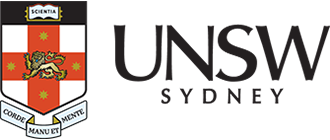PANalytical Zetium WD-XRF

Description
Zetium is a wavelength-dispersive X-ray fluorescence (WD-XRF) spectrometer for quantitative elemental analysis from 0.05 to 100wt%. This instrument uses an X-ray source to eject core-shell electrons from an atom to create an excited state. The resulting cascade of electrons to fill the holes results in emission of X-radiation from the atom (fluorescence) that has a characteristic wavelength/energy specific to each element. Zetium uses several Bragg gratings to resolve the X-ray light by wavelength.
Typical analysis requires either destructive preparation of ~1g inorganic solid to produce a lithium borate glass bead to quantify X-ray fluorescence for each element at percent levels (major analysis); or preparation of 10 g inorganic solid to produce a pressed pellet to quantify elements from tens of ppm levels (trace analysis).
Specifications
- X-ray tube: Rhodium (Rh)
- Maximum power: 4 kW
- Detector: Gas flow, scintillation and sealed gas detector;
- Detector gas supply: P10
- Elemental range: Boron to Uranium (B to U)
- Sample form: glass bead, solid, powder
Analysis type: Quantitative
Applications
- Major and trace analysis (Boron to Uranium)
- Geological samples
- Cement/Concrete
- Metal
- Polymer
- Semiconductor materials
- Battery samples
- Ceramics
- Thin film
Instrument location
X-ray Fluorescence Laboratory
Room G41
June Griffith Building (F10)
UNSW Sydney, NSW 2033
Email: xrflab@unsw.edu.au
Helen Wang
-
Email
huixin.wang@unsw.edu.au
Tasmia Zaman
-
Email
t.zaman@unsw.edu.au
Parent facility
Explore more instruments, facilities & services
Our infrastructure and expertise are accessible to UNSW students and staff, external researchers, government, and industry.





